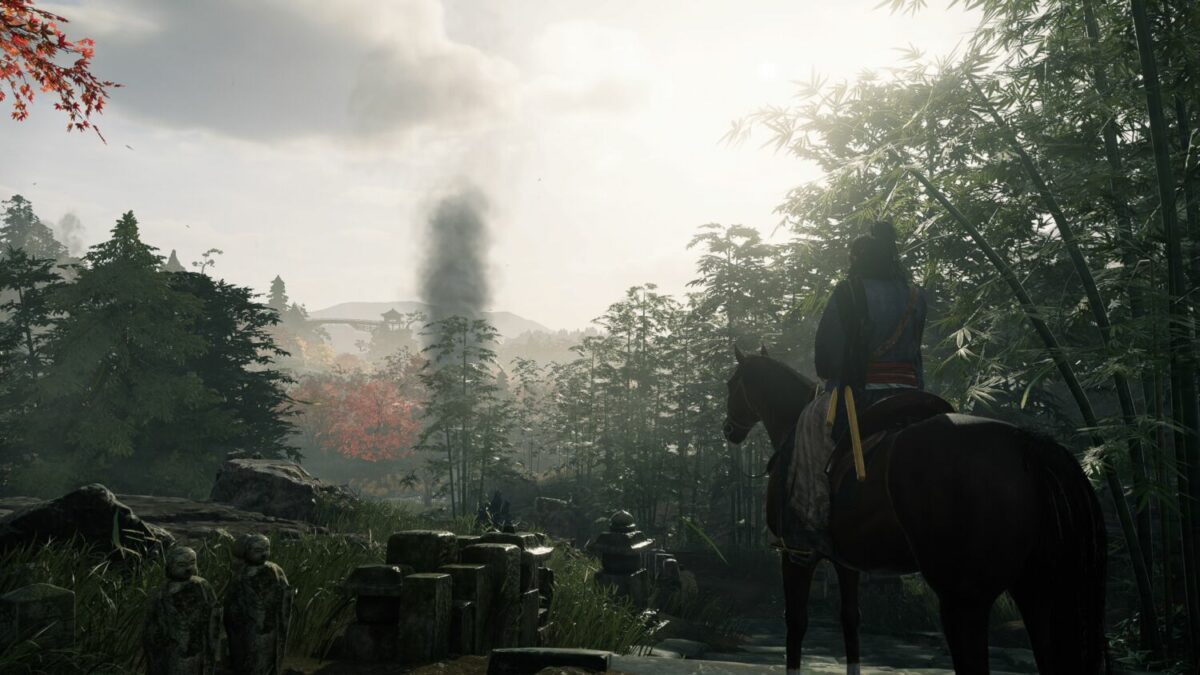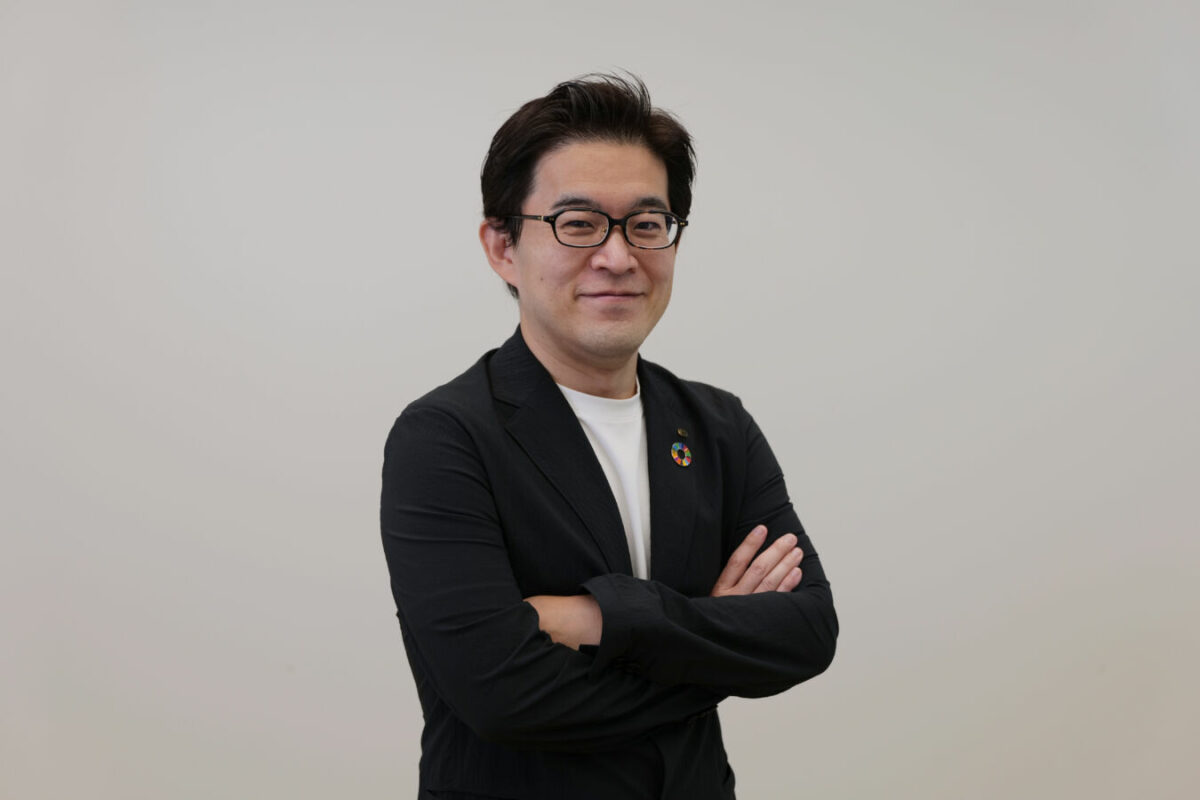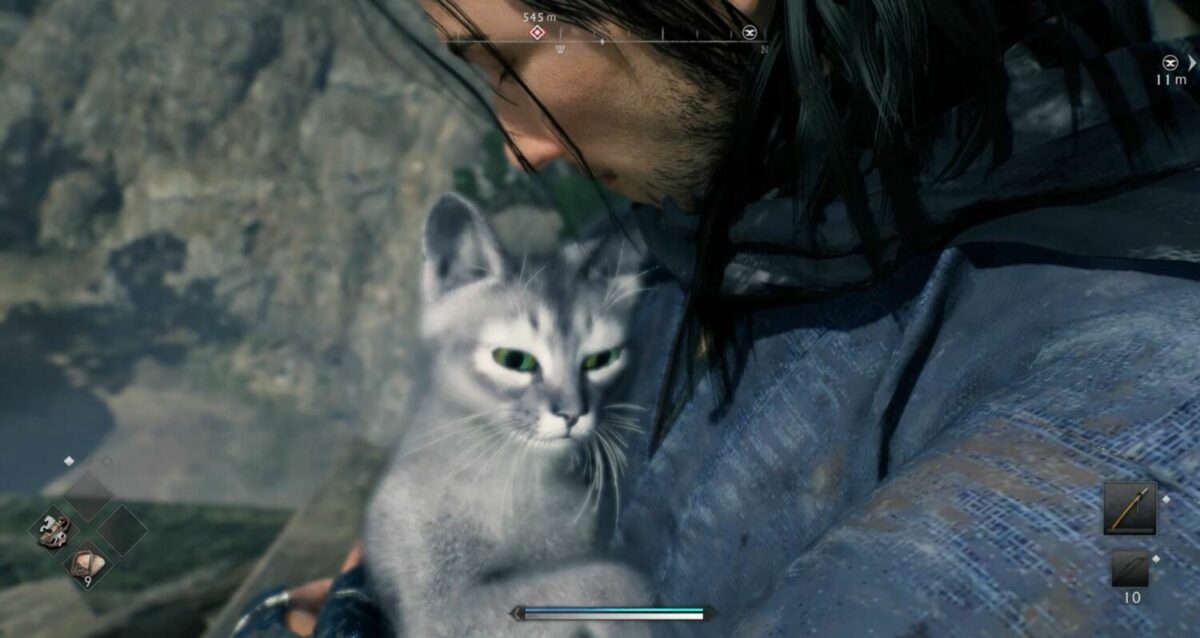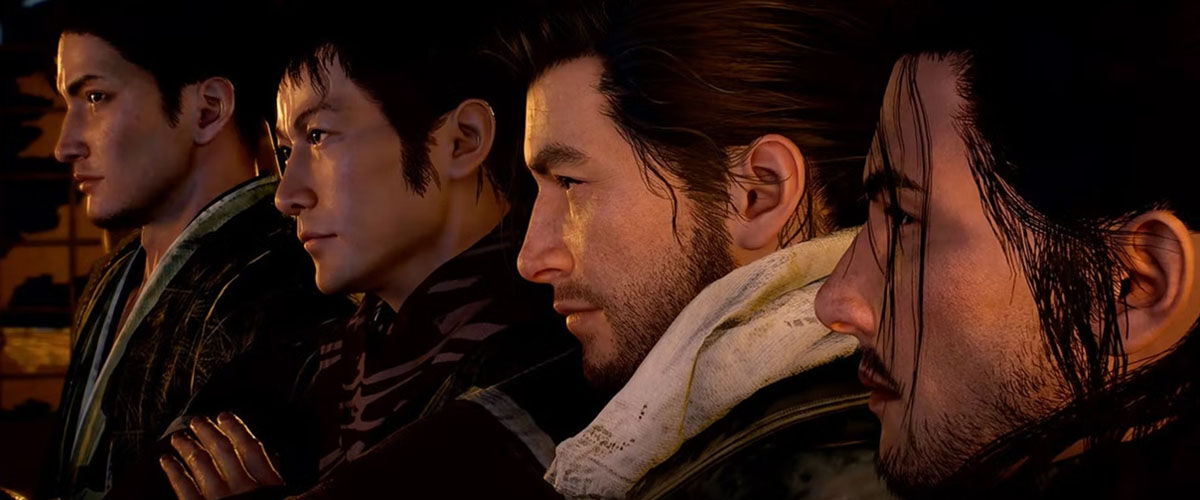- Shares
- 32
Team Ninja’s ambitious samurai epic, Rise of the Ronin is many things. It heralds a bold departure from the studio’s usual linearity, representing its first foray into open-world exploration. At the same time, the action role-playing game (APRG) doubles down on player choice, affording them the freedom to not just sharpen their blade, but also their fate. Dynamic, versatile combat makes it an enthralling action spectacle, where traditional Japanese weapons like katanas and bows meet rifles, flamethrowers, and other Western innovations.

Building on this juxtaposition, the game serves as the collision of different worlds: the East and the West, familiarity and novelty, and historical accuracy and creative expression. Set in the feudal times of Bakumatsu, the final years of the Edo period when the Tokugawa shogunate ended, Rise of the Ronin breathes life into 19th-century Japan and crafts it into a sprawling adventure that spans three areas: Yokohama, Edo, and Kyoto.
“Since Nioh, we have toyed with the idea of creating games of similar nature, but we didn’t have much experience in the field,” shares producer Yosuke Hayashi in a virtual interview with Geek Culture. “There are a lot of high-quality open-world games out there, so we looked at those and took inspiration where we could. However, we also wanted to retain the Team Ninja signature style, and find a way to incorporate those elements into an open-world title.”

Indeed, the echoes of past titles, including Nioh and its sequel Nioh 2, as well as Wo Long: Fallen Dynasty have a strong presence in Rise of the Ronin. The studio’s latest features an all-too-familiar mix-and-match combat system and ki (or stamina) usage, taken after the former, and multiplayer co-op, present in all three – among others. Add a dash of external open-world influences, such as collectibles, free-roaming traversal, the occasional mini-game, and a player choice system, and it becomes a blend of both the old and the new.
Similarly, the roots of its character creator can be traced back to Nioh 2, but with tweaks that bring a different flair. Here, players will be able to customise a pair of characters – known as Twin Blades in the game – instead of just one, with highly-tailored offerings allowing them to dive deep into physical traits like jaw depth, nose bridge height, and more.
According to director Fumihiko Yasuda, the team already had the Twin Blade concept in mind at the onset of the game’s development. He explains, “We wanted to emphasise the strong relationship between these two characters, [as well as] a character creator that is uniquely Rise of the Ronin”.

The focus on bonds may come across as paradoxical, considering the traditional portrayal of a ronin as drifting lone wolves who serve no lords or masters. That’s certainly not going to be the case here, as Yasuda stresses the significance of forging and strengthening affinity levels, which also plays into the overarching narrative.
“Initially, we had in mind just allowing one character [to be controlled],” adds Yasuda. “But a major theme of the game is the bond system, and being an action game, we thought it’d be interesting to allow players to gain control and get a feel for these characters.”
While a character affinity system is hardly new, Rise of the Ronin spruces things up by having players cross paths with real-life historical figures, including samurai icons like Ryoma Sakamoto, Takasugi Shinsaku, and Fukuzawa Yukichi. In line with the emphasis on player agenda, making decisions on who to ally with, the types of offerings to gift companions, and the like falls entirely on the individual.

The befriending process doesn’t just stop at humans, however. Scattered across the map are various adorable cats, which act as one of the game’s collectibles. Finding and petting them contributes to a region’s completion rate, increases one’s bond with the resident cat lady, and opens up more chances to loan them out as part of the cat concierge service, but there’s some historical significance tied to these feline companions.
“[Having cats as a type of collectible] was something that we decided on at the onset of the game’s development, but there’s also some historical background to this choice,” shares Yasuda, who admits to being a cat lover himself. “During the Bakumatsu period, the cities and villages weren’t as clean as they are now, so a lot of people owned cats to take care of any rats that might show up.”

As for dog enthusiasts, there are plenty of shiba inus roaming around in multiplayer mode, so you’ll be able to give them some good chin scratches. Offering the best of both worlds, Rise of the Ronin lets players have their cake and eat it – and in more ways than one, as they will come to uncover after peeling back the layers of ambition.
Rise of the Ronin slices its way to the PS5 on 22 March.













